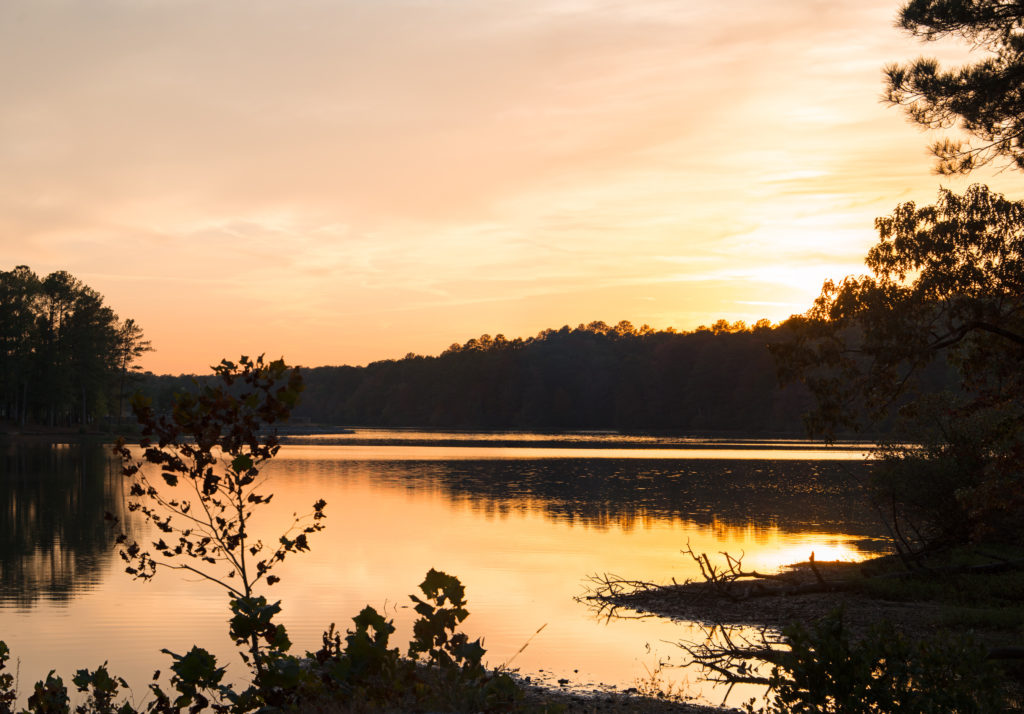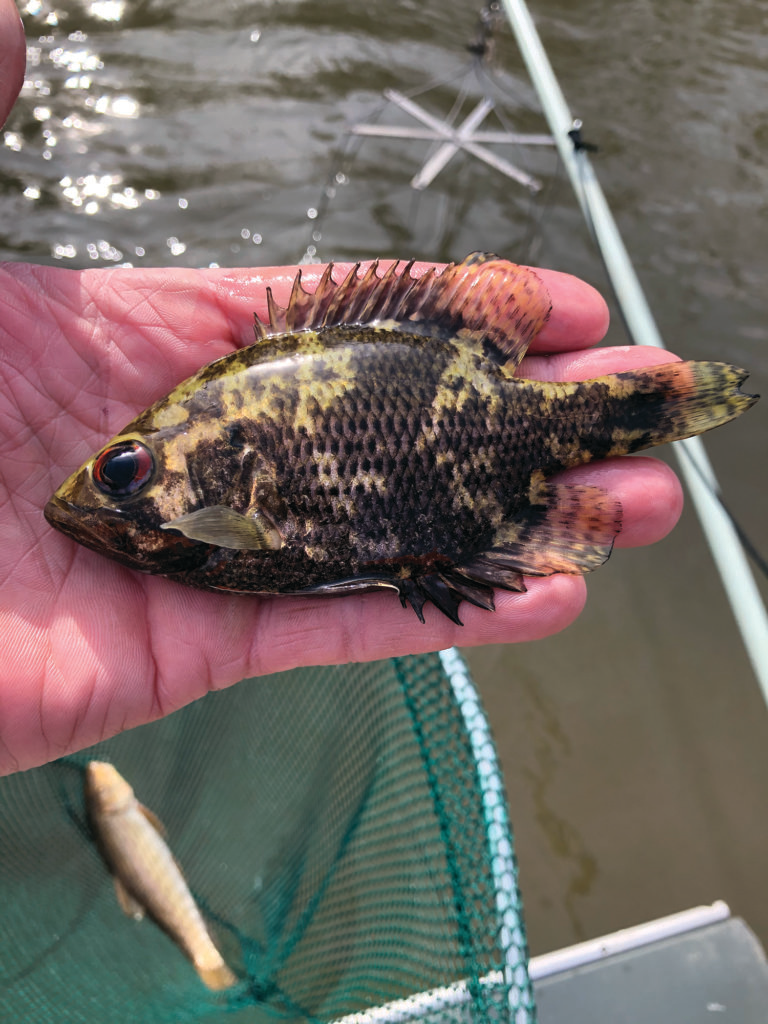
Mention “bass” and most people naturally think about largemouths – perhaps smallmouth or spotted bass – but many other fish carry the bass name, even if erroneously.
What many people call a spotted bass, Alabama biologists now call an Alabama bass. To most people, a spotted bass and an Alabama bass look identical.
“Alabama bass were formerly known as spotted bass in the Mobile River drainage,” says Chris McKee, an Alabama Wildlife and Freshwater Fisheries Division Fisheries biologist in Northport. “In Alabama, spotted bass are only native to the Tennessee River drainage, but they have been introduced into the Chattahoochee River drainage. The maximum size of an Alabama bass is smaller than a largemouth, but they get bigger than spotted bass.”
Sometimes called a Kentucky spotted bass, the species usually tops out around six pounds. Still listed as a spotted bass, the Alabama record for the species weighed 8 pounds, 15 ounces and came from Smith Lake. However, some Alabama bass released in California now hit double digits, including the world record 11.25-pounder.
The list also includes a species formerly called redeye bass. In Alabama, “redeyes” split into Cahaba, Chattahoochee, Coosa, Tallapoosa and Warrior basses based on the river drainages where they live.
“Redeye bass were determined to be different species several years ago,” McKee says. “We’re doing some additional studies to verify that. They’re all found above the fall line in those respective drainages. There’s a small population in the Tennessee River drainage that was probably introduced by anglers.”
While largemouth prefer placid, weedy waters, redeyes act more like rainbow trout. They like small to medium-sized flowing streams. The state record weighed 3 pounds, 2 ounces and came from Choccolocco Creek.
“Anything over 12 inches is a big redeye bass,” McKee says. “Redeye bass are really aggressive. They eat a lot of bugs and crawfish. I’ve found lizards, mice and other things inside them. It’s odd that they don’t usually eat fish, but they still bite lures that imitate fish like jerkbaits and spinnerbaits. Many people fish for them with popping bugs on fly tackle. They’re very aggressive and might attack just about anything. I’ve caught them on full-size bass baits.”

Courtesy of the Alabama Wildlife and Freshwater Fisheries
Anglers might also catch shoal bass or shadow bass. Rare in Alabama, shoal bass also like moderately swift streams, but stay in the Apalachicola River drainage. The Chattahoochee River forms part of the Georgia-Alabama line and merges with the Flint River in Lake Seminole near Chattahoochee, Fla., to form the Apalachicola River. The state record shoal bass weighed 6 pounds, 11 ounces.
Shadow bass live in most streams south of the Tennessee River. They grow to about eight inches long and make great sport on ultralight spinning or fly tackle.
“Shoal bass have mostly been extirpated from Alabama,” McKee says. “The only place someone can catch shoal bass in Alabama is on the Chattahoochee River near Langdale. Shadow bass are not uncommon to see in our electrofishing surveys of streams. They only get to about five or six inches long, but they’ll bite anything a bluegill or a similar fish would hit. Small jigs or spinners work for them.”
More in common with bluegills, warmouth and green sunfish both almost look like a cross between a bluegill and a smallmouth. Warmouth love sluggish, weedy streams and backwaters. They occur statewide with the highest concentrations in the lower Alabama-Tombigbee-Mobile River drainage. Warmouth won’t hesitate to grab many lures meant for a largemouth, particularly worms, small crankbaits and spinnerbaits.
Many people call both warmouth and green sunfish “goggle-eyes” or “rock bass,” but true rock bass live in the Tennessee River system and farther north. Rock bass generally like flowing water.
“Many people call warmouth, rock bass, and rock bass goggle-eye,” says Taylor Beaman, a state biologist. “It’s a misconception and misnaming by the public. Warmouth and green sunfish look a lot alike and their range overlaps.”
So far, all species mentioned belong to the Sunfish family, including largemouth. However, anglers can also catch “temperate” or “true” bass. This group includes stripers, white bass and yellow bass, plus a hatchery hybrid between striped bass and whites. Stripers, whites and hybrids look very similar with white bodies and horizontal black stripes. A yellow bass looks like a small striper painted gold.
What one calls a fish only matters when conservation officers check the limits! With apologies to the Shakespeare Fishing Tackle company, a bass by any other name would still provide sweet enjoyment for anyone catching them!
John N. Felsher is a professional freelance writer who lives in Semmes, Ala. He also hosts an outdoors tips show for WAVH FM Talk 106.5 radio station in Mobile, Ala. Contact him at [email protected] or through Facebook.




